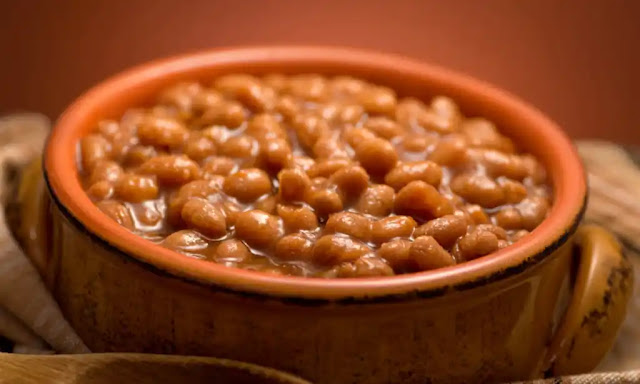
Most Popular Canadian Foods
Although Canada is well-known for its stunning lakes and mountains, it is the country’s delectable cuisine that draws visitors.
Read Also: Top 10 Breathtaking Natural Wonders Of Canada
Being a cosmopolitan country, Canadian cuisine draws inspiration from a variety of sources, including England, Scotland, and France. As a result, several classic Canadian recipes are strongly connected to 16th-century French cuisine or British food.
After reading this page, you will not only know the names of the most renowned Canadian foods, but you will also understand where they came from. Now, without further ado, let us begin!

Authentic Canadian Poutine Recipe
Poutine has to be the most iconic Canadian dish. This French Canadian culinary treasure is attributed to various tiny communities in Quebec and is said to have originated in the 1950s.
Crispy thick-cut fries, beautiful brown gravy, and squeaky cheese curds make up this delectable sort of fries. This dish’s taste is simply fantastic when mixed.
Make sure the fries are fresh, the cheese curds are melty, and the gravy is rich and meaty if you want to cook this meal. If you swap these components, the entire dish will be ruined!
Read Recpies From Here: Click Here

Classic Tourtière Recipe
This classic French Canadian meal rose to prominence in the 1600s. The dish’s name can also be used to designate the vessel in which it was made.
This hearty Canadian supper meal is available year-round at Quebec grocery stores, but it’s especially popular over the holidays.
Tourtière is made using pig, beef, and veal, as well as herbs and spices, mashed potatoes (to make it firm), and flaky pastry dough. Some in coastal areas even add ground fish to the mix.
Read Recpies From Here: Click Here

Peameal Bacon Recipe
Canadian bacon, commonly known as peameal bacon by locals, is produced from lean pig loin rather than hog belly. William Davies, a Canadian pig packer from England, popularized this dish in Canada.
This classic bacon is now brined and covered in cornmeal. Yet, in the past, peameal bacon was wrapped in ground yellow peas to increase shelf life, which is where the name “peameal” came from.
Many people, for whatever reason, can’t identify Canadian bacon from ham. These, however, are two quite distinct foods. Although they may seem similar, it would be a huge error to confuse Canadian bacon and ham.
Read Recpies From Here: Click Here

Feves au lard Recipe
The 19th-century cultural interactions between Québécois and New Englanders, notably the baked beans dish from Boston, impacted Fèves au lard. This well-known dish is also blamed for the death of the gorge bean in Québec.
This traditional Quebec dish is also known as bines or haricots au lard. Fèves au lard is made with beans, bacon pieces, maple syrup, and molasses. Nobody loves watery baked beans, so knowing how to make baked beans thicker is essential.
During the sugar season, this simple side dish is commonly offered in sugar shacks in Québec and other French-speaking parts of Canada.
Read Recpies From Here: Click Here

Shepherd’s Pie Recipe
This dish is similar to the English shepherd’s pie or the French hachis Parmentier.
According to Jean-Pierre Lemasson, author of Le mystère insondable du pâté chinois, pâté chinois first appeared on the tables of Quebecois homes in the 1930s. Yet, its origin is still unknown.
Regardless of its original origin, Pâté chinois is a lovely meal rich of protein and taste. This delicious pie is a mainstay of Acadian cuisine. It’s typically accompanied by pickled eggs, beets, and even ketchup.
Read Recpies From Here: Click Here

Bannock Recipe
Bannock, a classic Scottish dish, was brought to Canada by Scottish fur traders. The bread is known by different names throughout Indigenous Nations, starting with the term bannuc, an Old English word that meaning “morsel”.
Bannock is an unleavened bread that keeps for a long time. To enjoy this classic sweet and salty meal, serve with jam, honey, or simple butter.
Read Recpies From Here: Click Here
